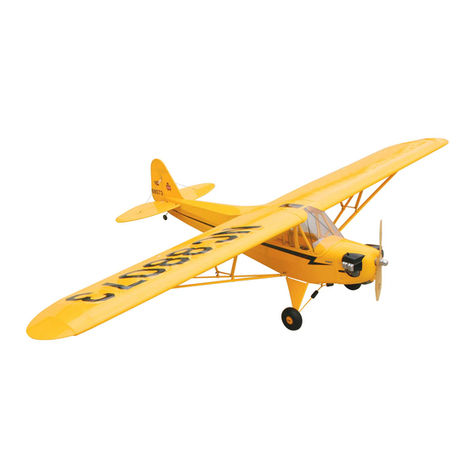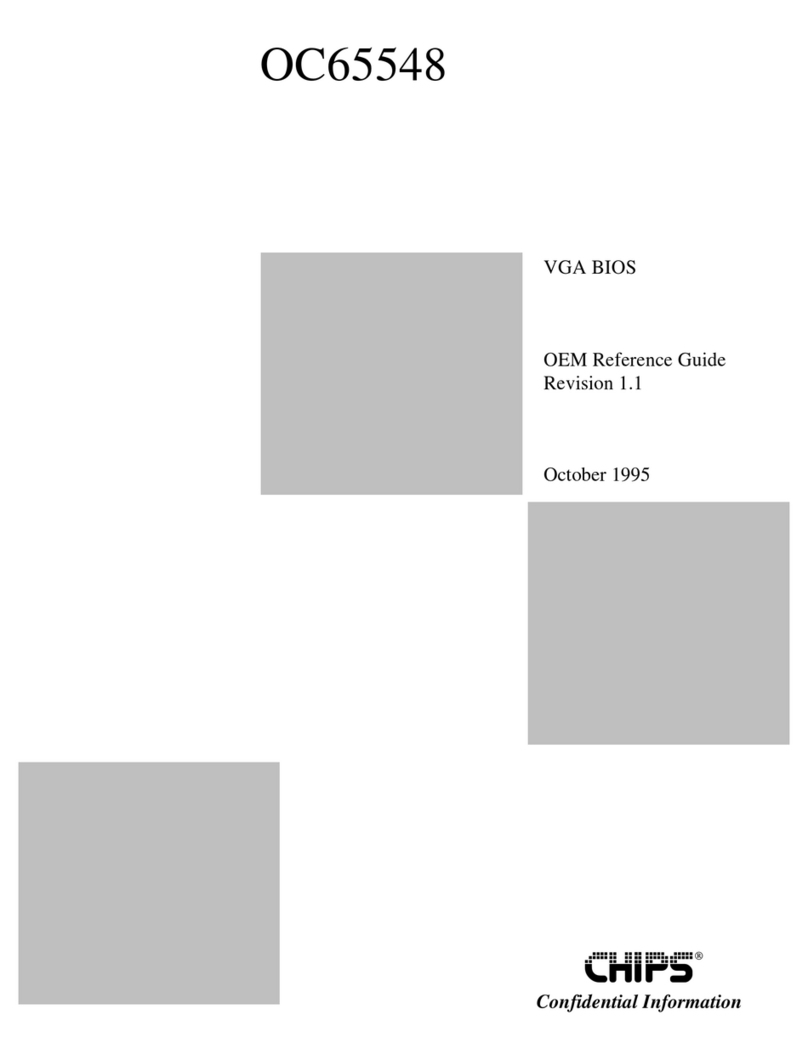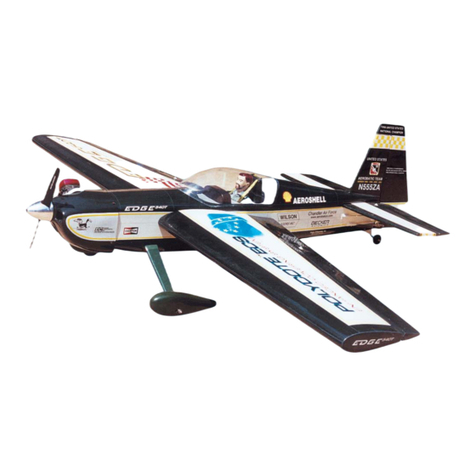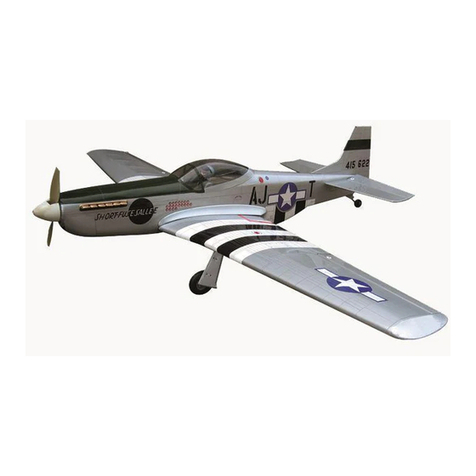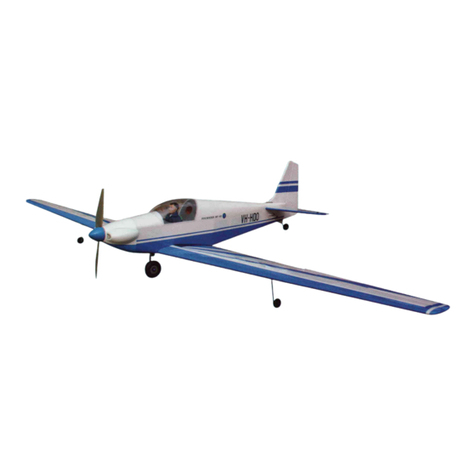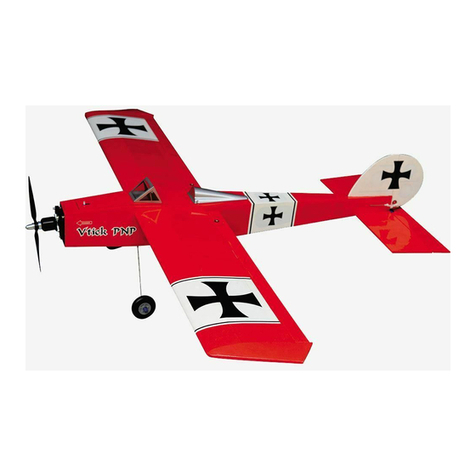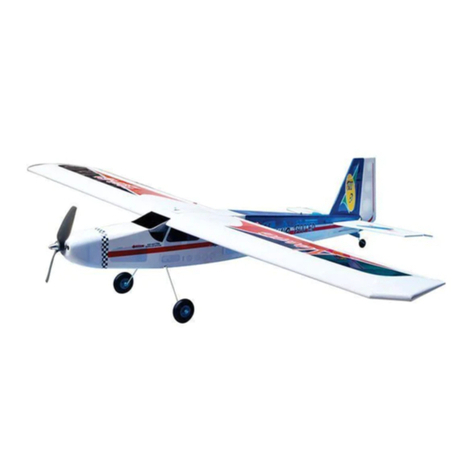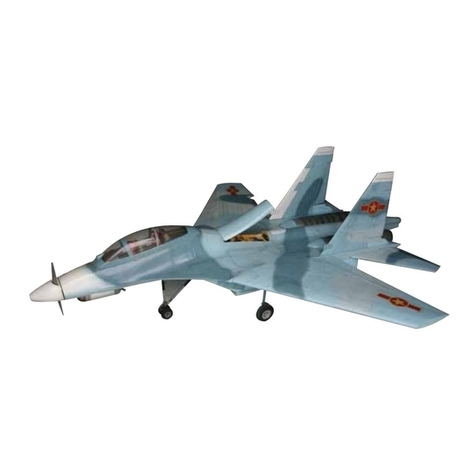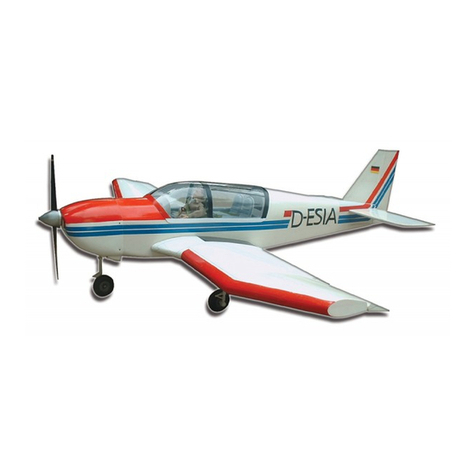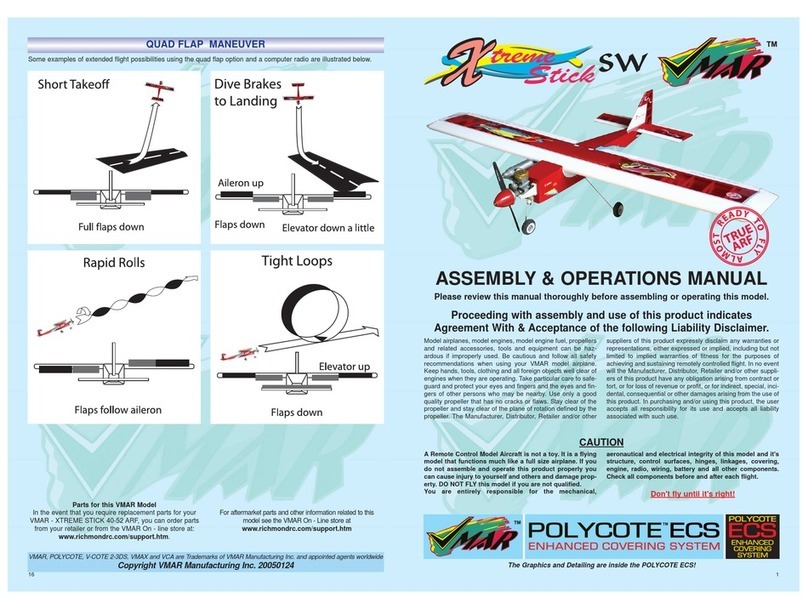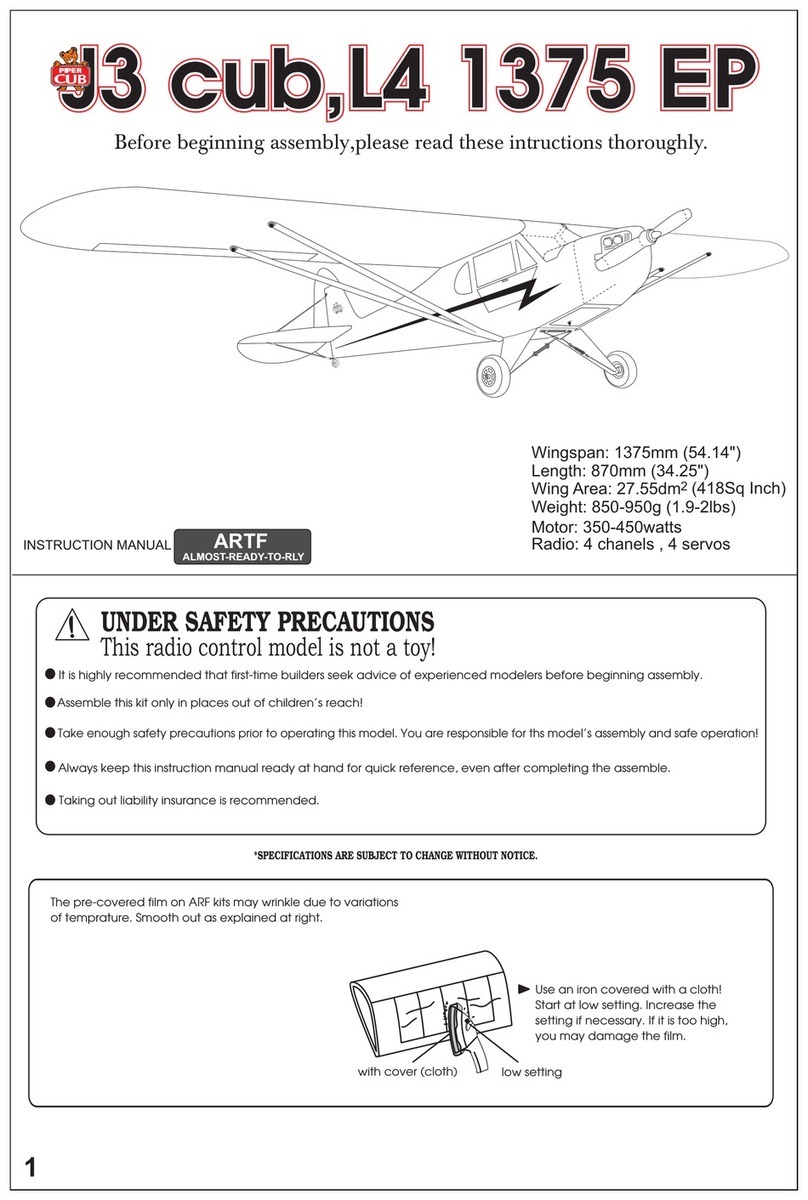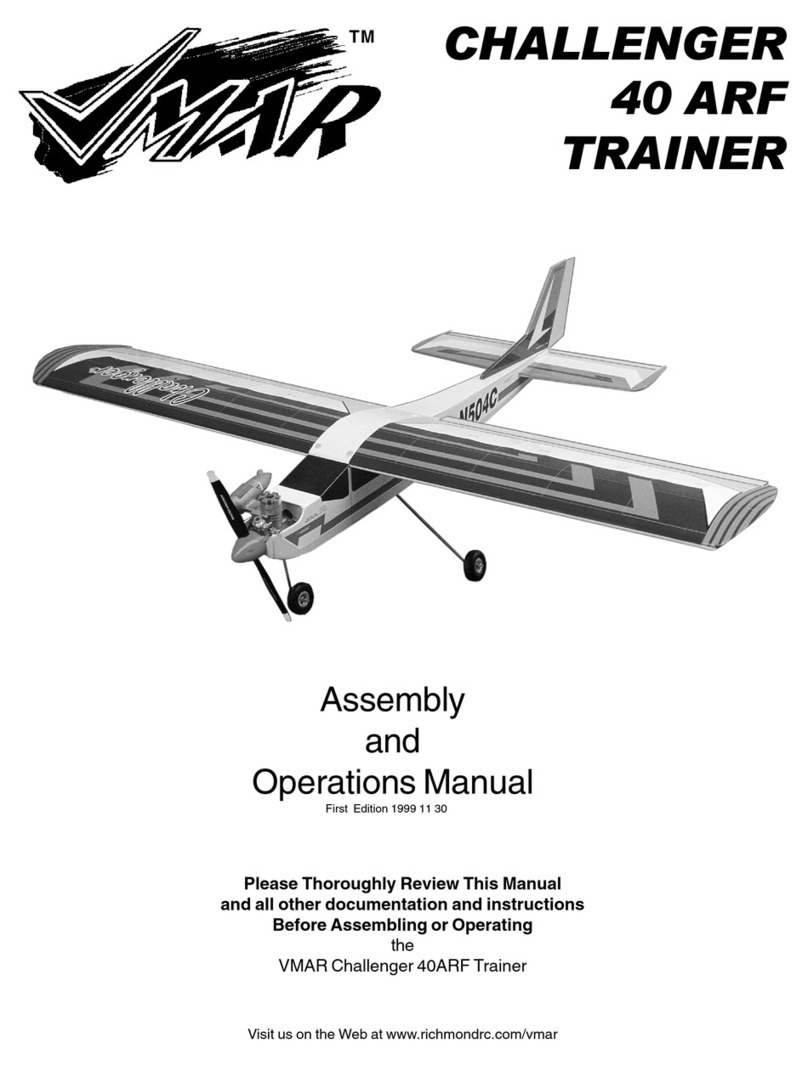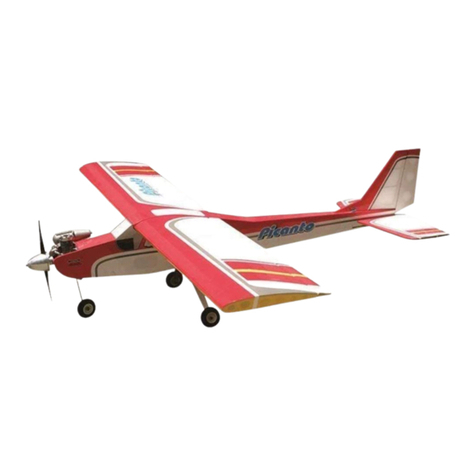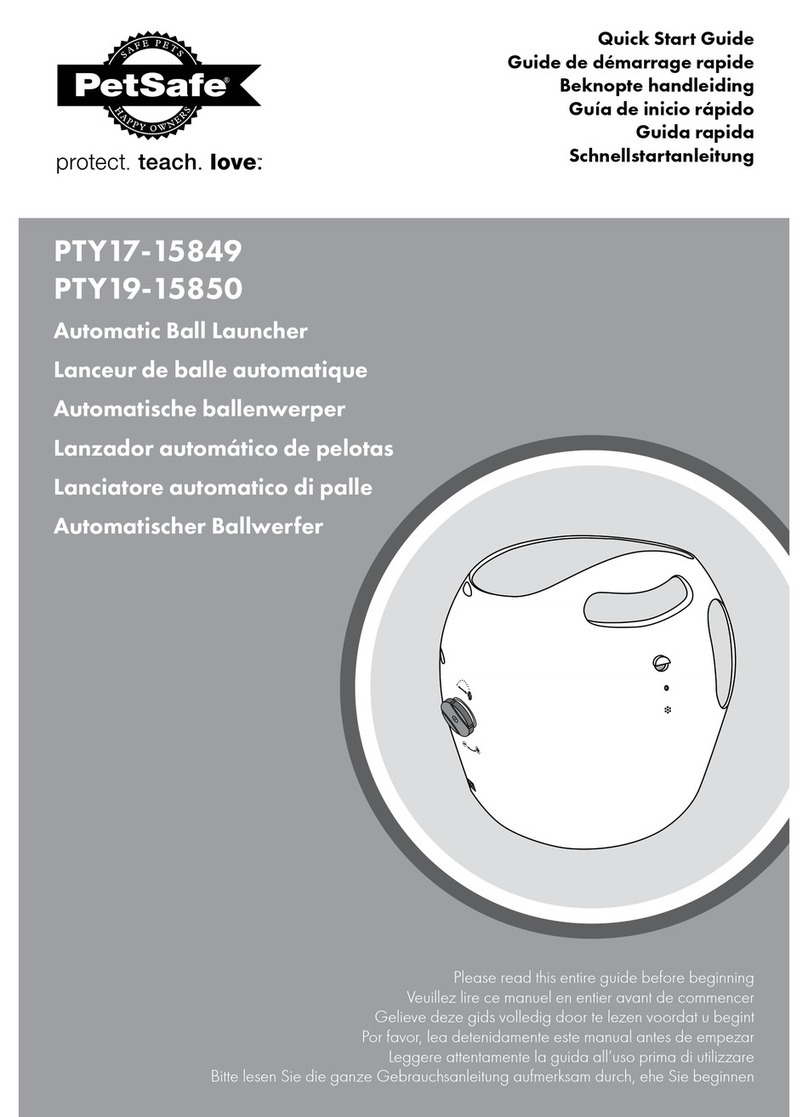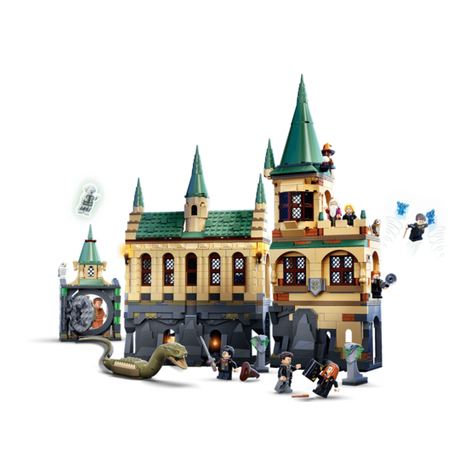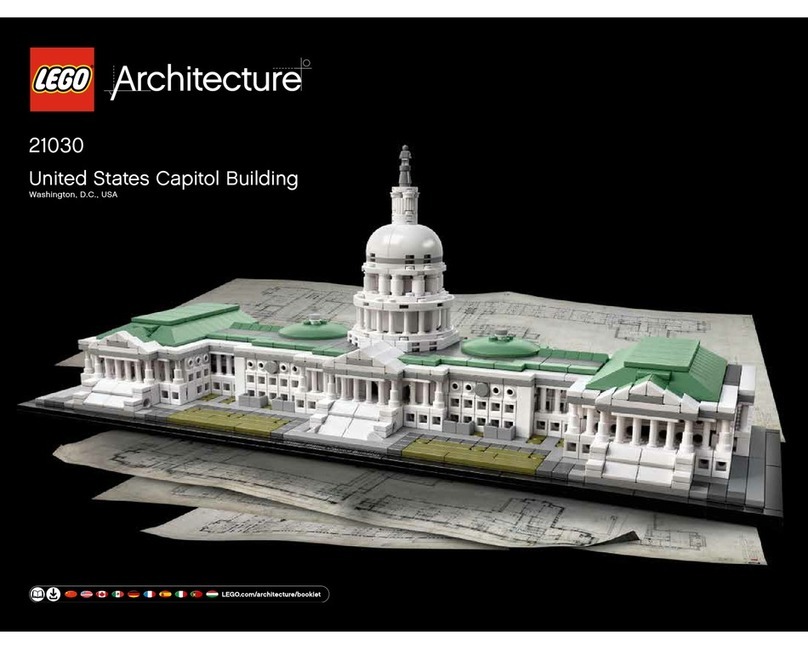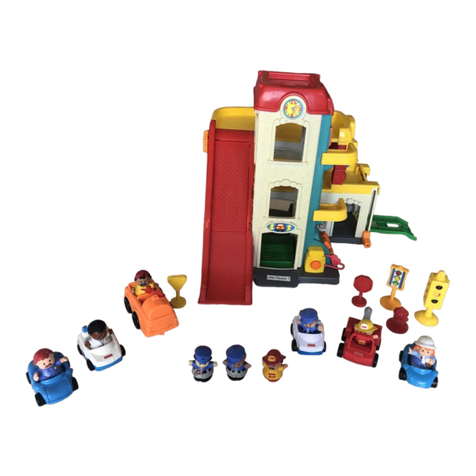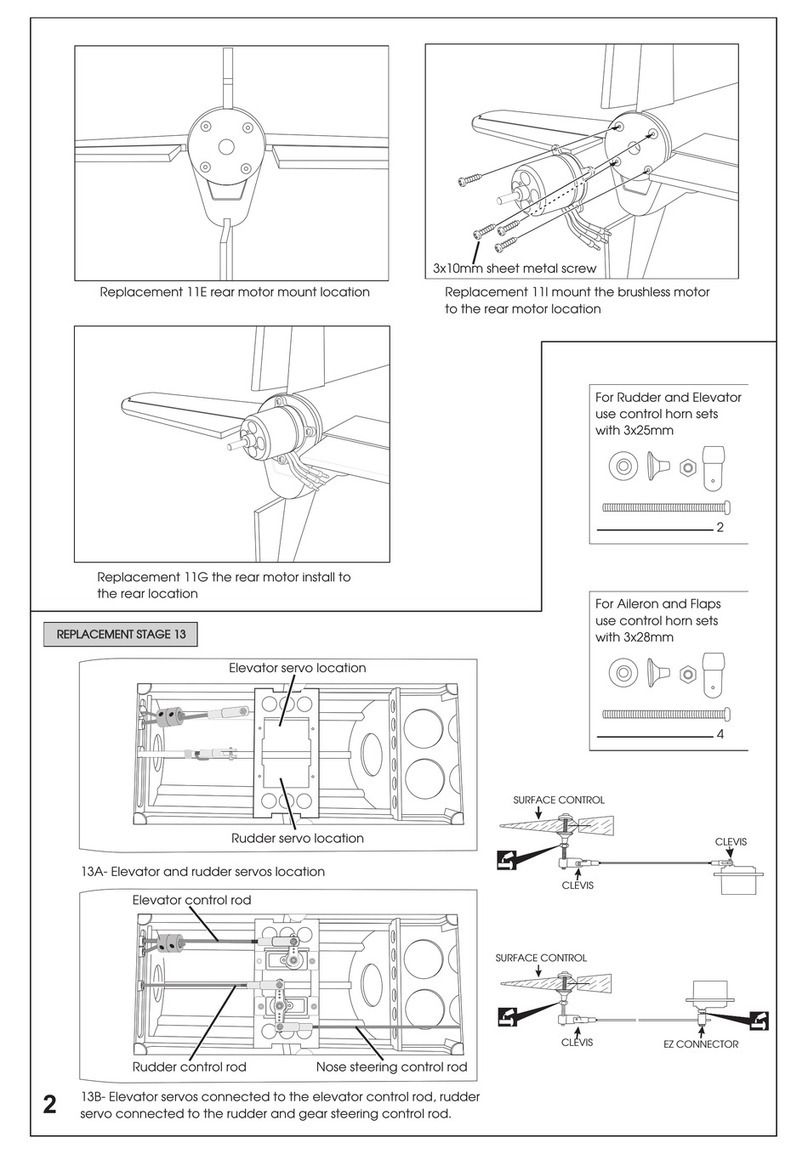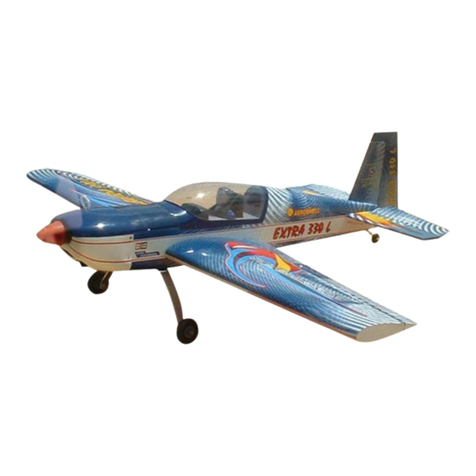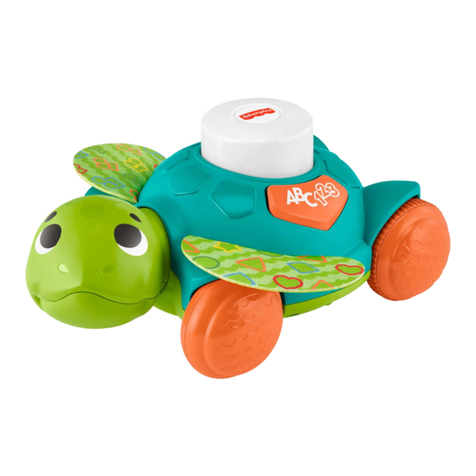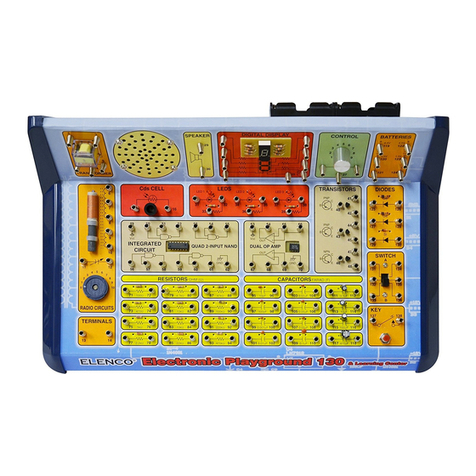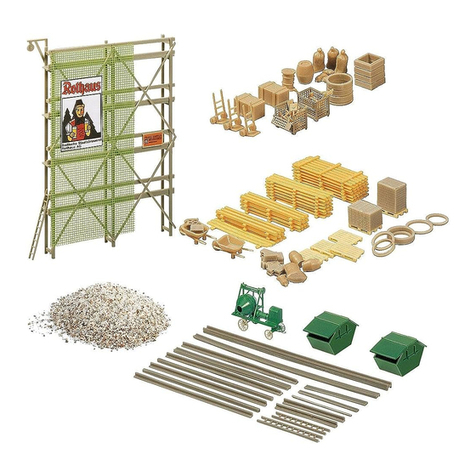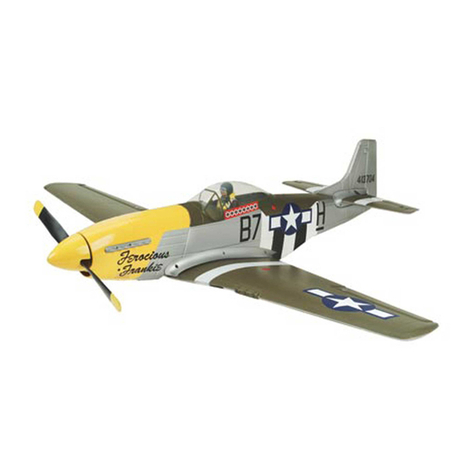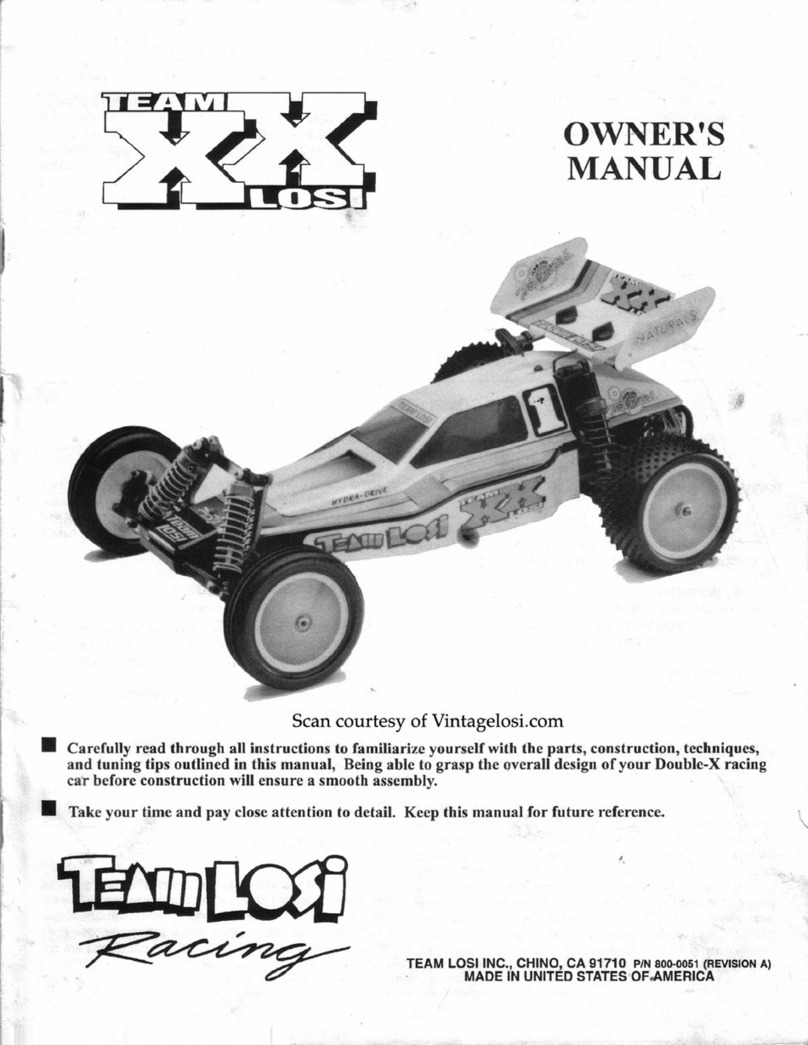
2 3
VMAR and POLYCOTE are Trademarks of VMAR Manufacturing and
authorized VMAR Agents worldwide. Copyright Richmond RC Supply Ltd
TM
CARE & MAINTENANCE OF POLYCOTE ECS.
POLYCOTE ECS is a proprietary Enhanced Covering System engineered in Canada &
available only from VMAR. With POLYCOTE ECS the graphics are inside the covering... not
stuck on top. No Decals! No Layers! No Strips! No Stripes! POLYCOTE ECS utilizes ULTRA
TOUGH polyester and our SURE SEAL system to ensure that the seams stay down! Best of all POLYCOTE is totally fuel
proof! Quite simply... POLYCOTE ECS leads the pack in ARF covering systems!
By putting the graphics inside the POLYESTER covering... we've reduced the need for maintenance to a minimum. No
seams to pick up, very few edges, extraordinary fuel proofing etc. With POLYCOTE ECS you will spend more time flying
and less time reworking the covering! Polyester offers the best in covering performance and as with any POLYESTER
covering here are a few tips to make it even easier to keep POLYCOTE ECS looking it's best!
CARE: Avoid puncturing. Avoid leaving your model in a closed car exposed to direct heating from the sun for lengthy
periods. Temperatures under such conditions can exceed 50C (122F) and sagging may occur.
TIGHTENING: To tighten POLYCOTE ECS we recommend using a medium-high temperature heat iron on the seams, edges, around
perimeters and over solid surfaces. Use a heat iron "sock" on the iron and push down firmly on the covering over solid areas to bond
the covering to the underlying substrate. Work with the iron set at 250-300F. You may also work with a heat gun over solid surfaces
provided that all edges and seams are set with a heat iron first. If using a heat gun over solid surfaces, make sure the edges are firmly set
with a heat iron first then use the heat gun to heat about 1 square foot of area at a time, then rub the warm covering down firmly with a soft
cotton cloth to bond the covering to the underlying substrate. DO NOT USE A HEAT GUN NEAR EDGES & SEAMS. Higher tempera-
tures may assist with complex curved surfaces. Use a medium-high temperature heat gun on POLYCOTE ECS applied over open
bays. Always practise on the bottom of a less noticable section first. Be patient and work systematically... you will likely only have to tighten
POLYCOTE once or twice to accomodate any shrinkage of the airframe in dry hot conditions.
RESEALING SEAMS: POLYCOTE ECS seams are sealed with our SURE SEAL system and will not normally lift. If you
find a loose edge, clean any oil residue from the area and the edge and reseal with thin CA.
PATCHING: If you puncture POLYCOTE ECS, clean any oil residue from the area of the puncture. We clean using Fantastic and
then a paper towel moistened with Pacer De-Bonder or alcohol or water to remove any remaining residue from the surface. The
patch should be 1/2" bigger than the hole on all sides. We recommend using POLYCOTE patch sheets if provided with your model
or polyester covering such as POLYCOTE, ULTRACOTE or ORACOVER and the use of a heat iron and soft cloth. Monokote,
SolarFilm or V-COTE covering material will also work. Cut the patch with rounded corners. Seal the patch in place with a heat iron set
at 250F first and then tighten the patch and the original covering around the patch as outlined in the tightening section above. To repair
larger more extensive damage areas, you may wish to obtain the appropriate POLYCOTE ECS covering set for this model.
CLEANING AFTER FLYING: To clean POLYCOTE ECS after flying we recommend Fantastic household cleaner and
disposable paper towels. You can use just about any cleaner and we are not aware of any cleaner that will damage
POLYCOTE but it is a good idea to always test a small out of the way spot first. Wipe along seams, not across. To really
show off your POLYCOTE ECS covering, after cleaning wtih Fantastic... use a bit of Armorall and buff dry & shiny.
CLEANING INITIALLY: POLYCOTE ECS has very few seams and we use our SURE SEAL system to really lock the
seams down. Upon initial inspection if you see a thin streaky film on any of the POLYCOTE ECS when looked at under
bright light this is a residue from the SURE SEAL process. It is easily removed using Minerial Spirits (Paint Thinner,
Varsol). If you've ever painted with oil base paints you probably have Mineral Spirits on hand already, if not, it is readily
available at a paint or hardware store. It is recommended that you work with Mineral Spirits outdoors and follow the
directions on the container. Use a paper towel and wipe a slightly wet film of Mineral Spirits over 1/4 of a wing or half a
fuselage at a time. Rub gently while still wet. Change towels frequently. Use a clean towel to buff dry. If you want to
accentuate the deep "clear coat" gloss of POLYCOTE ECS even more, use a bit of Armorall and buff shiny with a clean
paper towel. Discard all soiled paper towels into a metal garbage can stored outdoors.
TM
Check for updates and more
information about
POLYCOTE ECS at
www.richmondrc.com/polycote.htm
CUTTING: POLYCOTE ECS is made from ULTRA TOUGH POLYESTER.
Where possible, use scissors to cut POLYCOTE. Scissors work well.
Otherwise use a new sharp #11 Blade. The blade must be SHARP.
For more information that may be relevant to
this model please visit us at
www.richmondrc.com/support.htm
Copyright Richmond RC Supply Ltd
VMAR is a Trademark of VMAR Manufacturing Inc. and authorized VMAR Agents worldwide
TM PLEASE READ EVERYTHING BEFORE ASSEMBLY!
REMOVING & USING TAPE: Tape may been used to hold control surfaces or other parts in place during shipping. When
removing tape from POLYCOTE ECS, peal the tape back on itself so that the pulling is parallel to the surface of the
covering. If the tape is near or across a seam or an edge, peal towards the edge or seam. Do NOT pull the tape up at right
angles to the covering or away from a seam or edge. If you use tape during the assembly process use a low tack masking
tape and remove it using the procedure noted above.
HINTS & TIPS
P21ES_Important_Info_20030222.pmd
P21ES_Important_Info_20030222.pmd
PILATUS PC6B
ELECTRIC ARF
1. During construction use Low Tack Masking Tape only. The
green painters masking tape works well. When removing tape
from your model, peal the tape back carefully upon itself.
Do not pull the tape at right angles to the surface to which
the tape has been applied or you run the risk of pulling the
coveirng away from the substrate to which it has been
applied.
2. On Page 3, Step 1.2 refers to various items that are not
included but are required to complete this model.
Extensive testing at elevations up to 2000 feet above sea
level has resulted in the following specific
recommendations.
2.1 Use an RC Radio intended for Electric Flight. These
systems usually come with a ligh weight receiver, smaller
servos etc. We recommend the Airtronics #AIR-VG407FM
system that comes with a lightweight 4ch FM receiver and 3
super micro lite servos (#AIR-94091Z). For this model you
will need only 2 of the 3 Airtronics servos supplied in the
system. The 94091Z servo provides 18oz of Torque at 4.8V
and 23 oz of Torque 6.0 and weights only 9 grams. Best of
all the receiver and servos have the new Z connector to
ensure compatibility with a wide range of new Airtronics,
Fubaba and JR components.
2.2 Use a good Electronic Speed Control (ESC) such as the
Airtronics Super Micro ESC #AIR-96334Z which is perfect
to control the motor speed of this model.
2.3 Note that you must use the 7.2 volt version of Speed
400 motor not the 6.0 volt version. We recommend VMAR's
400 motor (#VME-0400M072) along with an appropriate
prop adapter (#VME-0400PA) and a good quality electric
propeller such as the APC-6x4 Electric.
2.4 For good performance we recommend a 9.6 volt battery
pack NOT the 8.4 volt battery pack referred to in the
instructions. You can begin with a 9.6V (8 cell) 500AR nicad
pack and upgrade later to a 9.6V/1100mAh NiMH pack for
much longer flight times. The 500AR nicad pack will give
you flight times of approximately 3 minutes at full throttle.
The 1100mAh NiMH pack will give you approximately 7
minutes of flight time at full throttle.
3. Before beginning Step 2 on Page 3, remove any lockdown
material and/or foam pads from the wing. Be careful when
removing tape. Pull tape strips back on themselves... do not pull
tape away from the wing. Be very careful when removing tape
that crosses a seam or edge in the covering. Remove any Tape
Residue with alcohol or other not abrasive solvent. Test a small
area first.
4. Please review the "Care and Maintenance of POLYCOTE
ECS" page within this document. Pay particular attention to the
section entitled "Cleaning Initially". We recommend that you
clean the surfaces initially in order to maximize the appearance
of your new model. Remove any plastic plates before cleaning
and test all cleaners on painted surfaces.
5. On Page 3 in several of the wing pictures you can see the
wing bolt holes cleared of covering. Before clearing the holes.
wick a bit of ZAP (thin) CA into the covering area from inside the
hole, externally press the covering around the hole, let the CA
dry, then trim the covering clear of the mounting holes
with a sharp #11 blade.
6. When installing the motor as described in Phase 4 on
Page 5, we strongly suggest opening up some cooling air
inlets on the front nose ring plate. The factory has tapped
two holes for the motor retaining screws. Use a cutting
knife or a dremel tool to open up some air inlet slots in the
nose ring to match the venting slots on the front of your
particular motor. Cool motors produce more power!
7. Plan to use an Electronic Speed Control ESC such as
the recommended Aitronics #AIR-96334Z. Mount the ESC
where it is in the airflow away from the motor. Mount the
components facing into the air circulation.
8. To properly cool your motor, electronic speed control
and your battery we recommend cutting some vents into
both bottom hatches. Examine the inside (uncovered side)
of both hatches and plan any cutouts to avoid structural
members. Cut the sheeting and covering only. The
Hatches are for cosmetic purposes and some modellers
will fly without them. We do recommend using the hatches
but strongly suggest cutting some vents into both bottom
hatches to provide an exit for hot air coming from the
motor and for cooling air to pass over the ESC & battery.



